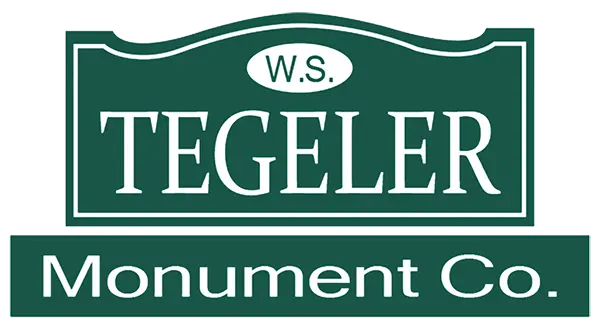Jewish burial traditions are rich with meaning and steeped in centuries of religious customs. From the design of headstones to the arrangement of burial plots, each aspect of the burial process reflects Jewish values such as humility, respect, and connection to faith. These practices not only honor the deceased but also provide a space for reflection and spiritual continuity for future generations. To help you understand these traditions, we have compiled answers to frequently asked questions regarding Jewish burials. Whether you’re interested in the symbolism found on Jewish monuments or the significance of the unveiling ceremony, this guide will help you navigate the customs surrounding Jewish headstones and cemetery practices, ensuring your loved one is honored with the respect and dignity their faith deserves.

What is the Significance of a Headstone in Jewish Burial Traditions?
In Jewish tradition, the headstone, or matzevah, serves as a permanent marker of the deceased’s resting place and as a testament to their life. It is a symbol of respect and a place for loved ones to visit, pray, and reflect.
Are There Specific Requirements for Grave Markers in Jewish Cemeteries?
Jewish cemeteries typically require headstones to be simple and modest, adhering to the values of humility. While there may be guidelines regarding size or material, these rules can vary depending on the cemetery and denomination.
How are Jewish Monuments Typically Designed and Placed in Cemeteries?
Jewish monuments are generally upright and placed at the head of the grave. The placement aligns with Jewish burial customs, ensuring the monument faces the grave and creates a space for visitors to pay their respects.
What Symbols and Motifs are Commonly Found on Jewish Monuments?
Common symbols on Jewish headstones include the Star of David, the menorah, and Hebrew letters or words such as peh nun (an abbreviation for “here lies”). These motifs reflect Jewish faith and identity.
How are Hebrew Inscriptions Typically Translated and Incorporated onto Headstones?
Hebrew inscriptions, often prayers or phrases, are typically translated into English for bilingual gravestones. Common phrases like zichrono livracha (may his/her memory be a blessing) are used, and care is taken to ensure accuracy and reverence in the translation.
What is the Significance of the Unveiling Ceremony in Jewish Burial Customs?
The unveiling ceremony, typically held about a year after the burial, is a moment when the headstone is revealed to the family and friends of the deceased. It allows for a formal acknowledgment of the grave marker and serves as an additional opportunity for remembrance and prayer.
Can Families Personalize the Design of a Headstone within Jewish Burial Guidelines?
Yes, families can personalize the design of Jewish headstones as long as they adhere to guidelines of simplicity and respect. Personal touches like meaningful inscriptions, symbols, or family names can be incorporated, provided they align with Jewish values.
What Are the Traditional Sizes and Shapes of Jewish Headstones?
Jewish headstones are traditionally upright and rectangular, though variations in size may occur depending on cemetery regulations or personal preference. The emphasis is typically on modesty and dignity rather than elaborate designs.
How Are Jewish Burial Plots Typically Arranged within a Cemetery?
Jewish burial plots are often arranged in rows, with all graves oriented toward Jerusalem, in keeping with Jewish customs. This arrangement reflects the spiritual connection to the holy city and the hope of resurrection.
How Are Jewish Burial Plots Typically Arranged within a Cemetery?
Jewish burial plots are often arranged in rows, with all graves oriented toward Jerusalem, in keeping with Jewish customs. This arrangement reflects the spiritual connection to the holy city and the hope of resurrection.
Contact Tegeler for Custom Headstones in Maryland and Beyond
If you have any questions or need support in planning a Jewish burial, Tegeler is here to offer expert and compassionate guidance throughout the process. Our experienced team understands the importance of adhering to Jewish customs while also providing a personalized and respectful tribute to your loved one. From selecting the right headstone to ensuring cemetery regulations are followed, we are dedicated to making this process as smooth as possible.
We take pride in helping families navigate the unique traditions of Jewish burial, ensuring every detail reflects your loved one’s faith and heritage. Contact us today to discuss your needs, and let us assist you in honoring your loved one with dignity and care.

